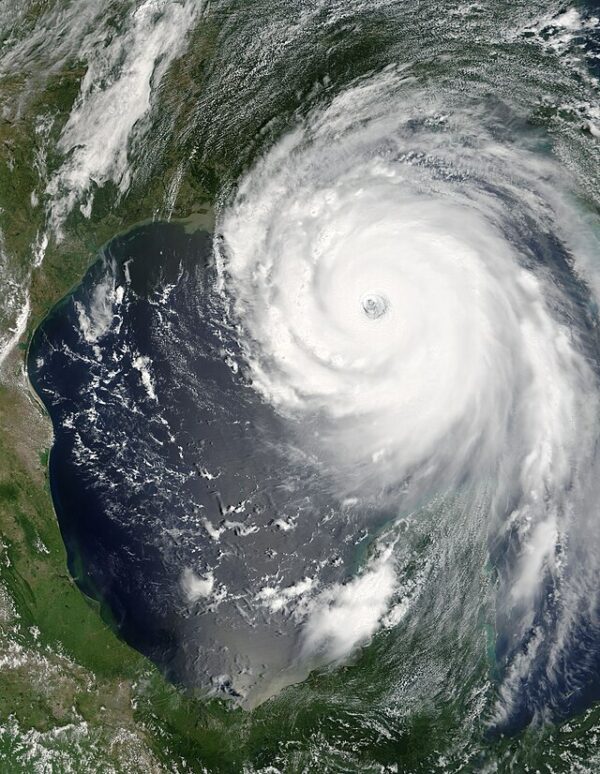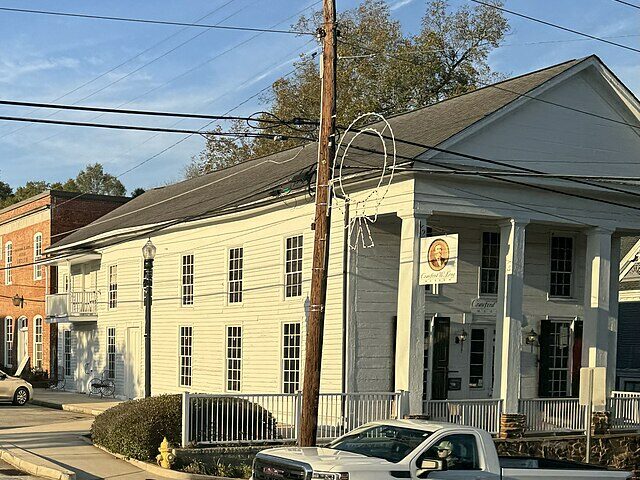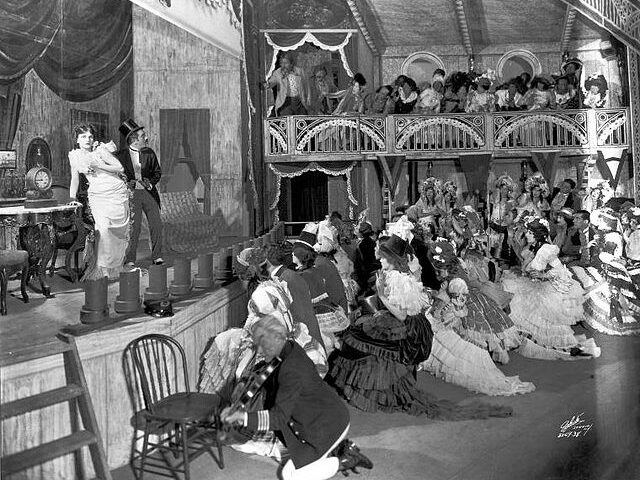Hurricane Katrina, one of the most catastrophic natural disasters in U.S. history, struck the Gulf Coast on August 29, 2005. The storm caused unprecedented destruction, particularly in New Orleans, Louisiana, and left a lasting impact on the nation’s collective memory. Katrina was a Category 3 hurricane when it made landfall near Buras-Triumph, Louisiana, with winds reaching up to 125 miles per hour. However, the hurricane’s true devastation came not just from its wind speeds, but from the storm surge and the subsequent failures of the levee system that was meant to protect the city of New Orleans.






